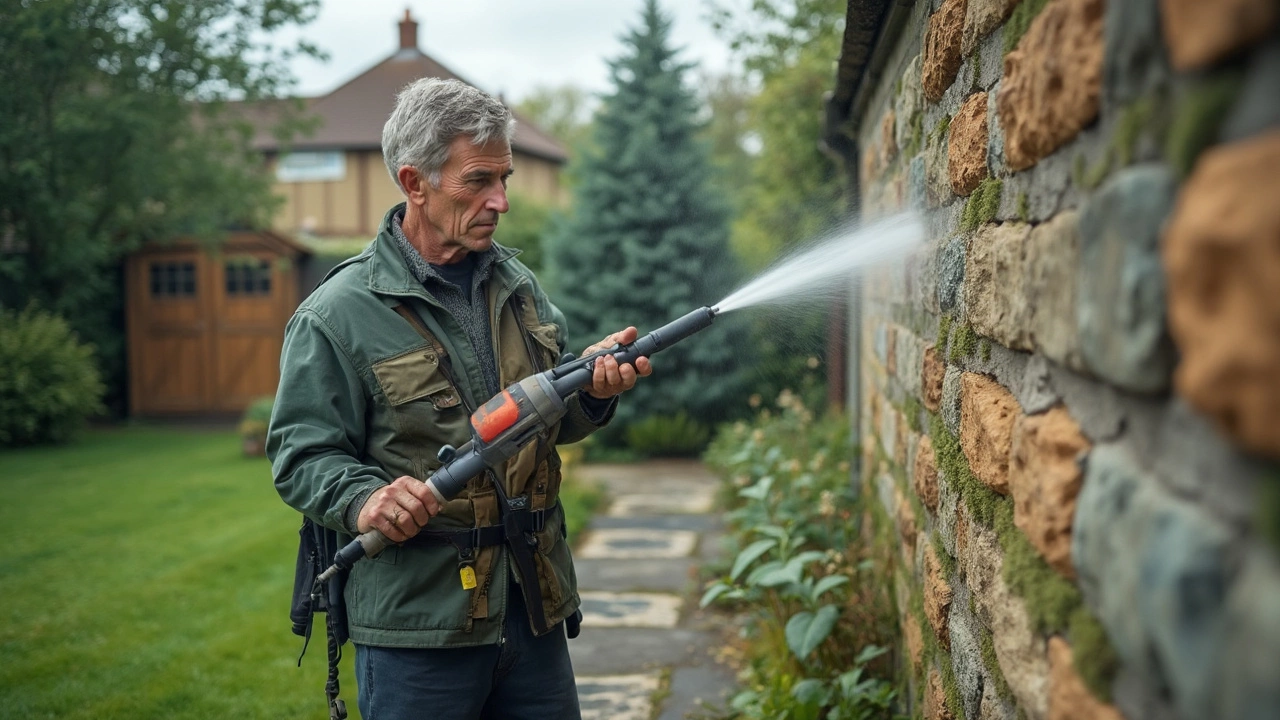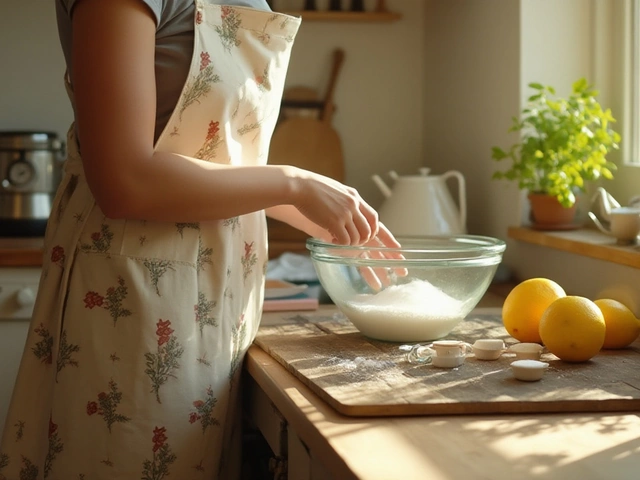Mold Removal: Practical Tips, Tools, and Techniques
When tackling mold removal, the process of eliminating mold growth from surfaces and preventing its return, homeowners often wonder which methods actually work. Also called mold cleaning, targeted cleaning that focuses on dead and living fungus, it typically involves moisture control, proper ventilation, and safe cleaning agents. Another frequent culprit behind mold spikes is hard water stains, mineral deposits that hold moisture and create a breeding ground for spores. Using eco‑friendly cleaning, non‑toxic solutions that break down mold without harsh chemicals not only protects your health but also keeps your home greener. Finally, many people turn to professional cleaning services, experts who combine equipment and expertise for thorough mold eradication when the problem feels too big for DIY.
Key Factors in Effective Mold Removal
If you’re looking for a fast, reliable Mold Removal method, start with the source: moisture. A leaky pipe, bathroom steam, or condensation on windows can all raise humidity levels above 60%, which is the sweet spot for mold growth. Installing a hygrometer helps you track indoor humidity, while a simple dehumidifier can bring levels down quickly. Good airflow is another pillar – open windows, use exhaust fans, and keep interior doors ajar when possible. These steps create an environment where mold struggles to survive, and they set the stage for any cleaning solution you apply.
Choosing the right cleaner matters. Many DIY recipes blend baking soda, white vinegar, and a dash of tea tree oil – a combo that tackles both surface grime and the fungal spores underneath. The vinegar’s acidity breaks down the mold’s cell walls, while tea tree oil adds an antifungal boost. For tougher spots, especially in kitchen ovens or bathroom tiles, a paste of hydrogen peroxide and soda works well without leaving harsh residues. These approaches echo the eco‑friendly cleaning principle highlighted in our related posts about natural oven cleaners and hard‑water stain removal.
Hard water stains often hide behind the scenes of mold problems. When mineral deposits accumulate on tiles, grout, or glass, they trap water, giving mold a permanent foothold. A simple solution of equal parts vinegar and water, applied with a spray bottle and left to sit for ten minutes, dissolves most mineral buildup. Follow with a scrub brush, rinse, and dry thoroughly. If the stains persist, a commercial descaler (look for one that's safe for the surface) can be used sparingly. Addressing these stains not only improves appearance but also cuts down future mold risk.
When DIY efforts meet their limit—think large bathroom walls, HVAC ducts, or extensive basement walls—professional cleaning services become invaluable. These teams bring industrial‑grade HEPA vacuums, antimicrobial foggers, and moisture meters that pinpoint hidden colonies. They also follow industry‑standard protocols for containment, ensuring spores don’t spread during removal. Hiring pros can save you time and give peace of mind that the job meets health and safety guidelines.
Maintenance is the final piece of the puzzle. After a successful clean, schedule regular checks: inspect caulking around tubs, look for water stains on ceilings, and wipe down high‑humidity zones weekly. Using breathable paint in basements, adding mildew‑resistant caulk in showers, and keeping indoor plants well‑drained all contribute to a mold‑free home. The habit of quick spot‑cleaning mirrors the quick‑fix mindset we promote in articles about streak‑free windows and pressure washing quotes.
Putting these steps together creates a clear roadmap: control moisture, choose safe yet effective cleaners, tackle hard water stains, consider professional help when needed, and stay on top of routine maintenance. Below you’ll find a curated collection of articles that dive deeper into each of these areas, from DIY oven cleaning formulas to the economics of pressure‑washing businesses. Whether you’re a homeowner battling a stubborn spot or a landlord looking for long‑term solutions, the resources here will give you practical, actionable insights to keep mold at bay.





